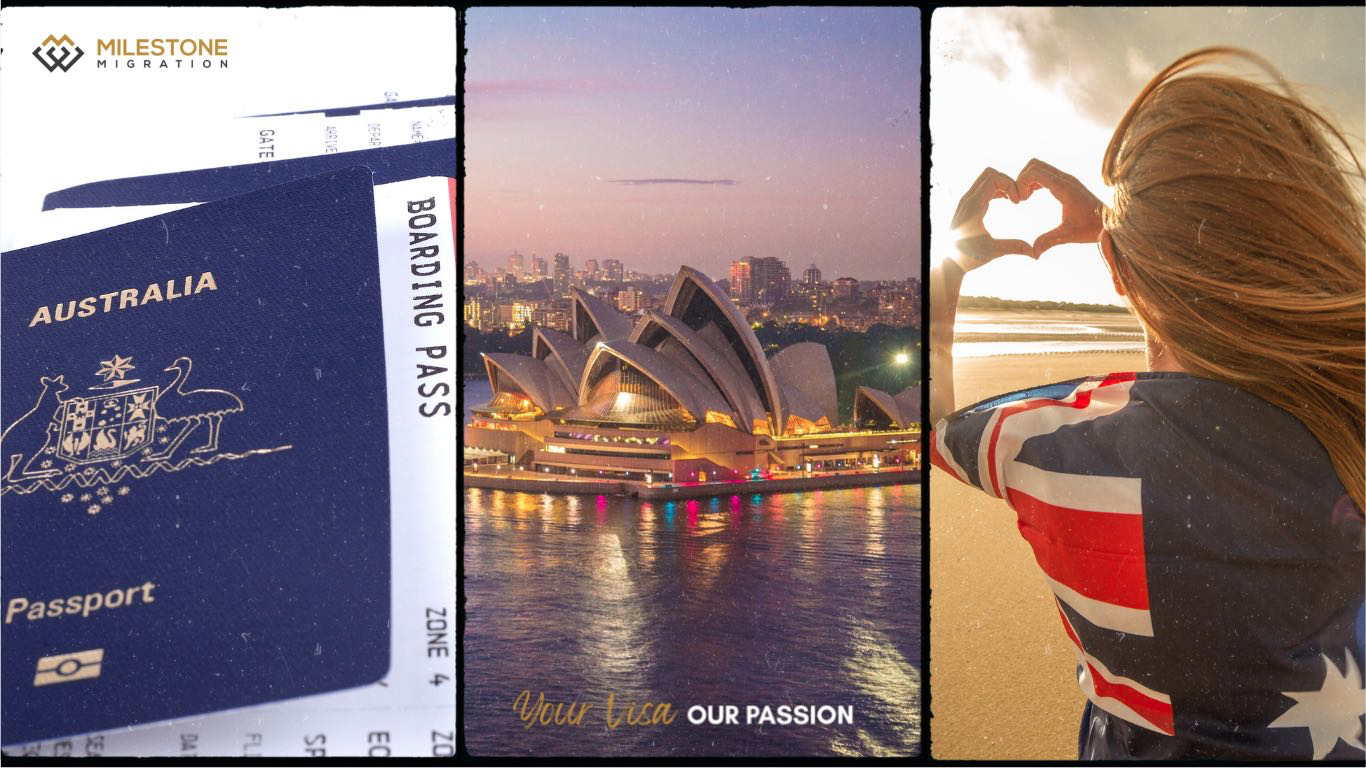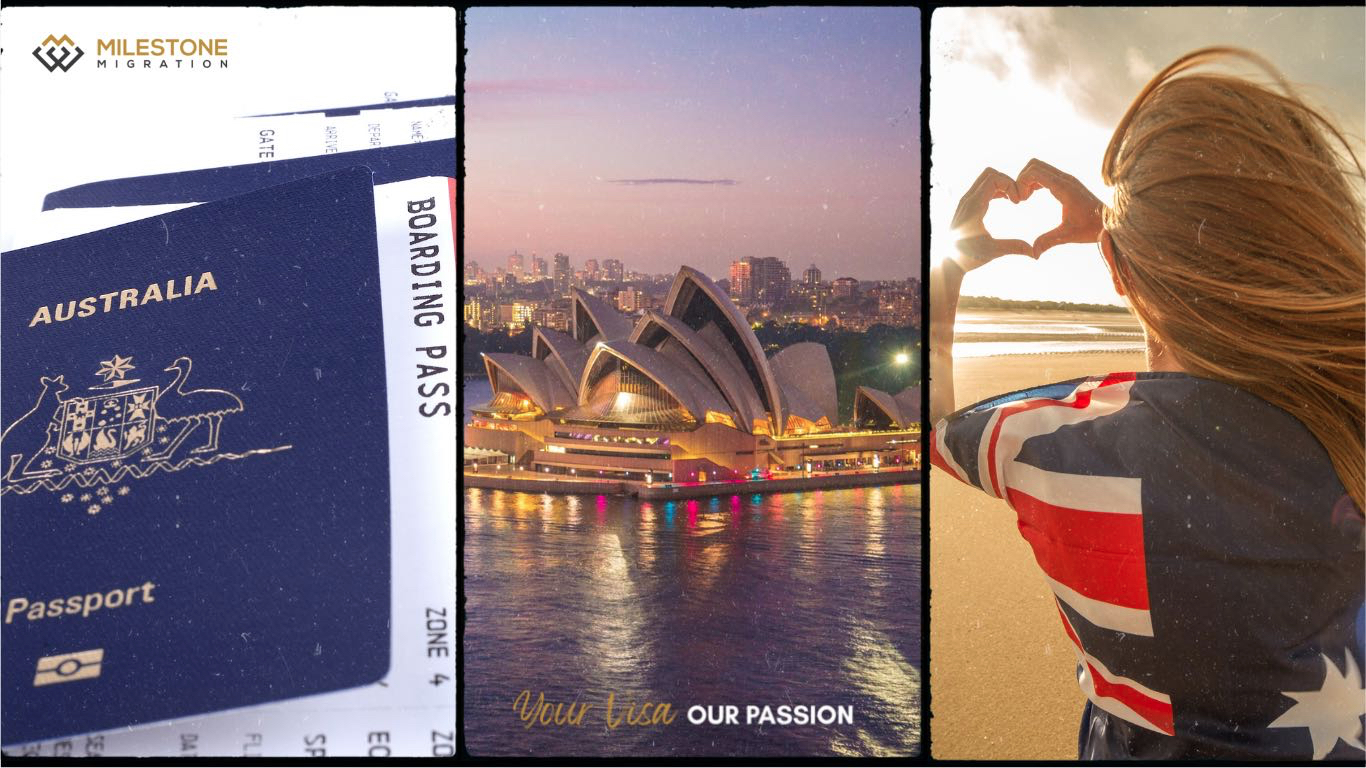
UPDATE: Pre-flight COVID-19 testing will no longer be required for travellers coming to Australia after April 17, 2022 – provided they are fully vaccinated and wear masks on flights.
After having some of the world’s longest lockdowns for nearly two years, Australia has finally reopened its borders to everyone on 21 February 2022 and people are constantly on the lookout for the country’s ongoing COVID-19 restrictions from mask mandates, vaccine and testing requirements, to rules for entry on every state.
For people planning to fly to the country anytime soon, we have put together some guidelines regarding Australia’s immigration and border arrangements this year.
Here are the things you need to know and follow before departure:
1. Get vaccinated. The requirement for entry to Australia is to be double-dose vaccinated with a TGA-approved vaccination brand.
You are considered to be fully vaccinated for the purposes of international travel to or from Australia if you have completed a primary course of a vaccine approved or recognised by the Therapeutic Goods Administration (TGA). This includes mixed doses. Current approved or recognised vaccines and dosages accepted for travel are:
Two doses at least 14 days apart of:
- AstraZeneca Vaxzevria
- AstraZeneca Covishield
- Pfizer/Biontech Comirnaty
- Moderna Spikevax or Takeda
- Sinovac Coronavac
- Bharat Biotech Covaxin
- Sinopharm BBIBP-CorV (for people under 60 years of age on arrival in Australia)
- Gamaleya Research Institute Sputnik V
- Novavax/Biocelect Nuvaxovid.
Or one dose of:
- Johnson & Johnson/ Janssen-Cilag COVID Vaccine.
At least 7 days must have passed since the final dose of vaccine in a course of immunisation for you to be considered fully vaccinated for international travel purposes. Mixed doses count towards being fully vaccinated as long as all vaccines are approved or recognised by the TGA.
If you have not been vaccinated with the above doses or schedule, you do not meet Australia’s definition of fully vaccinated for international travel purposes. This includes instances where the dosing schedule or vaccine eligibility differs in your country of origin. There are some exceptions to this as outlined below.
People who do not meet Australia’s vaccination requirements for international travel must apply for a travel exemption to travel to Australia, unless they are in an exempt category.
Visa holders who arrive in Australia may have their visa cancelled and be detained and removed if they:
- are not fully vaccinated for international travel purposes in accordance with Australia’s border entry requirements; or
- do not have a medical contraindication to a COVID-19 vaccine as defined by the Australian Government; or
- are not in an exempt category or hold an individual travel exemption.
2. Get visa approval to enter.
If entering for Business Visitor purposes and holding a passport from an eligible country – look at applying for the ETA 651 evisitor visa.
Reminder that business activities permitted on the ETA visa include:
- make general business or employment enquiries
- investigate, negotiate, sign or review a business contract
- make an official government visit
- take part in a conference, trade fair, or seminar. You cannot be paid by the organisers for taking part
Business visitors cannot:
- work for or provide services to a business or organisation
- sell goods or services to the public
If not holding an eligible passport or coming for work purposes, not business – seek advice from us on what is the best visa to apply for.
3. WA Travellers Only – Apply for G2G pass (must have flight details).
International direct arrivals are ok to be double dosed with the TGA-approved brands. Interstate arrivals (including transit passengers) will need to be three-dose vaccinated (if eligible) with TGA-approved brands.
4. WA Travellers only – Download the G2G app or Service WA App to their phones.
They will need this to scan the QR code in the arrival hall at Perth airport to register their arrival with the G2G system. G2G app is recommended for international visitors as the Service WA app is very difficult to set up.
G2G App for iPhone: https://apps.apple.com/au/app/g2g-pass/id1506918630
G2G App for Android: https://play.google.com/store/apps/details?id=co.genvis.travelexemptions
5. Complete a negative COVID-19 test prior to travel.
There are 2 choices here:
- PCR Test or other NAAT test not more than 72 hours before the scheduled departure date
OR - RAT Test taken under medical supervision (e.g. pharmacist, general practitioner, nurse, pathologist, pathology collector, or trained personnel at airport-based testing stations) not more than 24 hours before the scheduled departure date.
Your COVID-19 test result can be paper-based or electronic.
Your results must refer to mandatory requirements:
- traveller name and date of birth (age at the time of test or passport number accepted, if the date of birth not listed)
- the test result (such as ‘negative’ or ‘not detected’)
- the method of test conducted (e.g. NAA test or RAT)
- the brand and make of the test (for RAT tests)
- the date (for RAT also include time) of specimen collection for the accepted COVID-19 test
- that the specimen for the test was collected, and the test was carried out by or under the supervision of and, signed by an authorised person.
If this information is not provided, you will not be able to check-in and board the aircraft.
6. Complete the Digital Passenger Declaration to confirm their health information and declaration.
They will upload a copy of their negative test result at this time along with their vaccination certificate. If they start the application early, then they can log back in closer to their flight date to upload their test result.
You can start your DPD seven days before your flight and submit it not more than 72 hours prior to your departure for Australia. When filling out the DPD, you will need to:
- provide your contact details, including a contact phone number in Australia
- make a legally binding declaration in relation to your vaccination status
- make a declaration regarding your last 14 days travel history
- make a declaration that you are aware of the quarantine and testing requirements that apply when coming to Australia and in the state or territory you are landing, and the penalties for non-compliance.
- Upload a copy of your vaccination certificate – noting that you should have 2 doses of a TGA-approved brand vaccination.
- Upload a copy of your negative COVID test in line with the test protocols of PCR within 3 days of departure or RAT within 24 hours of departure.
7. Upon arrival in Australia, complete a RAT test within 24 hours (12 hours in Western Australia) of arrival.
This should be completed before mixing with any family as travellers will need to self-isolate ‘isolate until they get their results’. As such, it is my recommendation to bring a RAT test in the hand luggage and complete the test ASAP upon arrival so that they get the result before exiting the airport – this way there is no isolation time needed given you have the results within 15 minutes.
They do not need to do anything with their RAT test result other than take a picture of the negative test for record-keeping to show in case someone asks. Only if the test is POSITIVE will they need to register the positive test with WA Health and then enter isolation.
Check local health guidelines of the state/territory they are staying in for the rules around positive COVID cases and isolation requirements for the positive case and the members of the same household.
Some activities will be restricted in the first 7 days of arrival including attending high-risk facilities, such as hospitals, aged care, disability, and correctional facilities. These restrictions can vary from state to state and are updated regularly.
Travellers should also check airline policies to ensure they meet the policy for the airline they are flying on.
The information above is subject to change and travellers are recommended to stay up to date with local requirements by checking the latest government information available at:
– Australian International COVID19 information for coming to Australia: https://covid19.homeaffairs.gov.au/before-i-travel
– Australian Capital Territory: COVID-19 information
– New South Wales: COVID-19 information
– Northern Territory: COVID-19 information
– Queensland: COVID-19 information
– South Australia: COVID-19 information
– Tasmania: COVID-19 information
– Victoria: COVID-19 information
– Western Australia: COVID-19 information
Information for interstate arrivals

